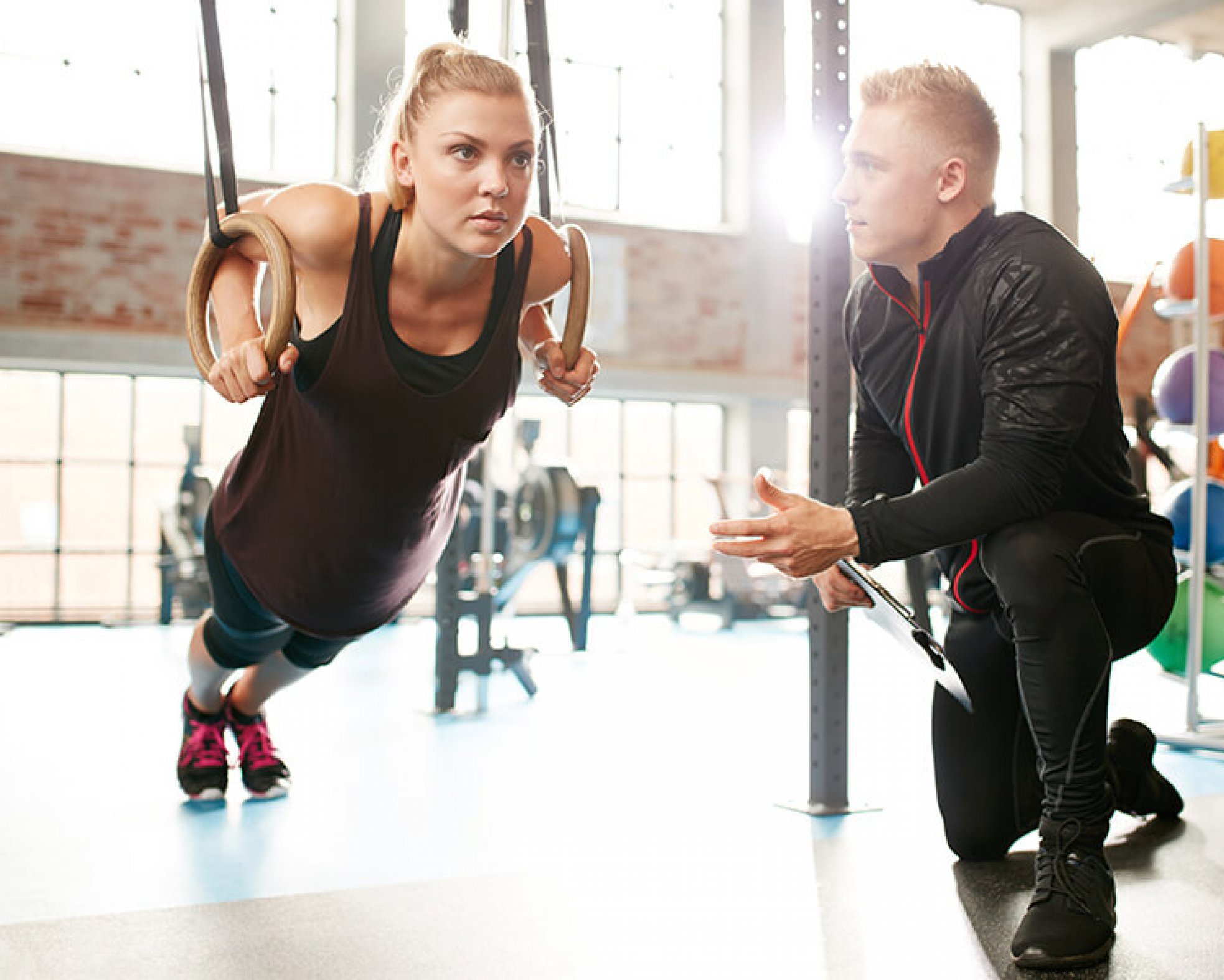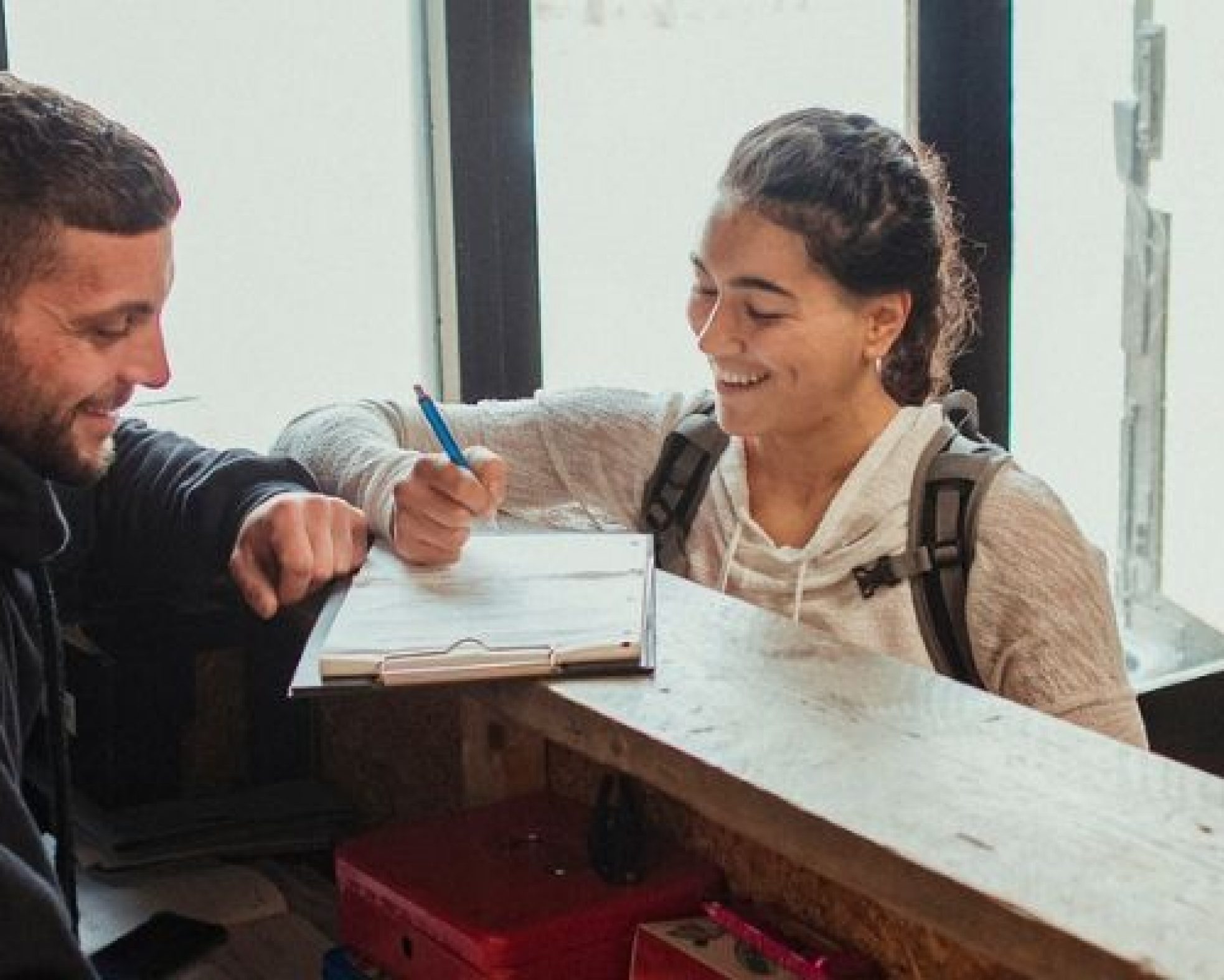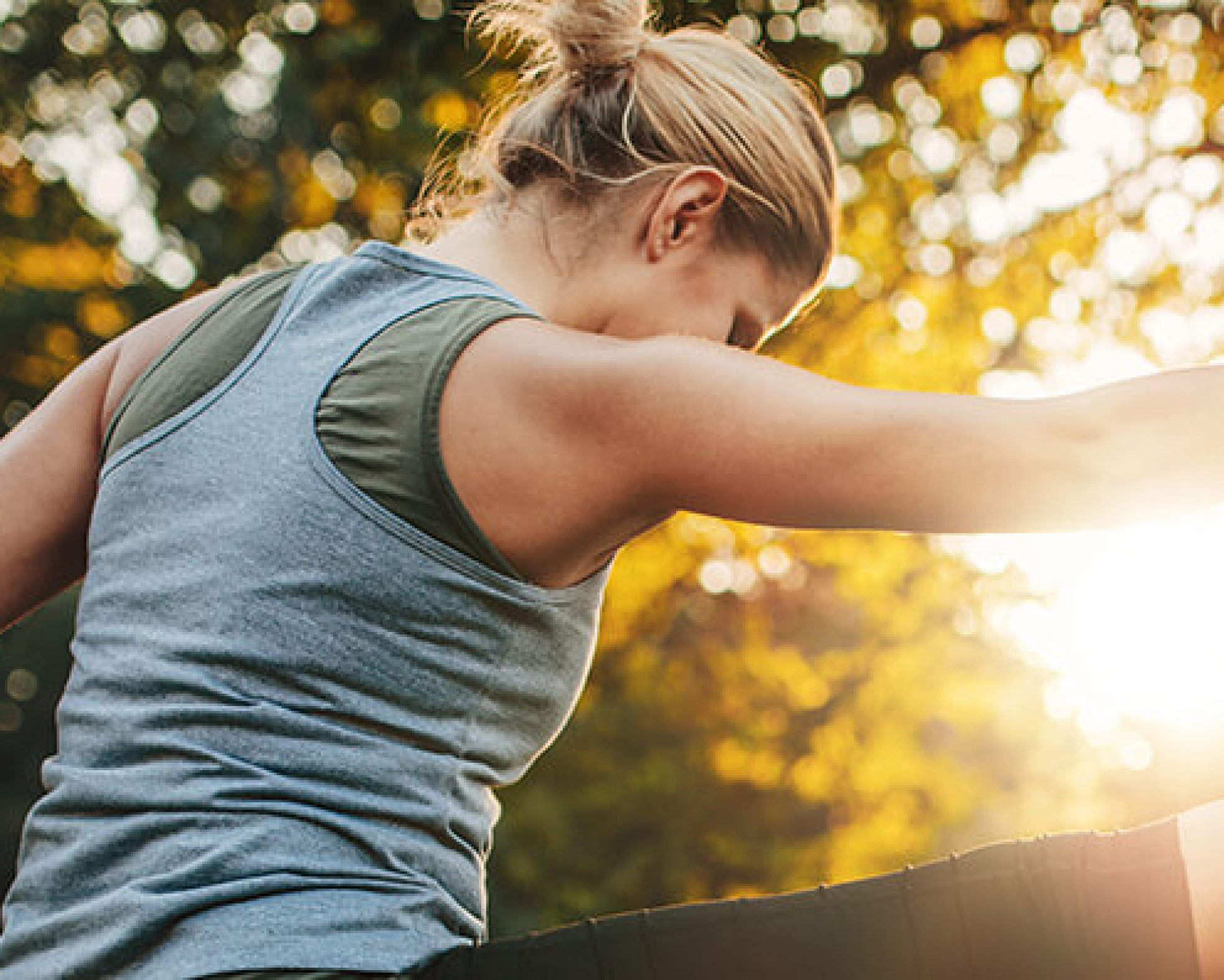Related Blogs

Attracting New Personal Training Clients
Building up a book of regular clients is important if you are to survive as a personal trainer, but how can you attract them in the first place?

What is A Par-Q?
It's something that should be used by all personal trainers before starting to train clients. We take a look at what to include in your Par-Q.

What Qualifications Should You Have?
There is plenty to learn about before you become a personal trainer, with courses available to not only get qualified, but also expand your knowledge.

 You should always get new clients to fill in a Physical Activity Readiness Questionnaire (PAR-Q) to ensure you are aware of any medical conditions or injuries.
You should always get new clients to fill in a Physical Activity Readiness Questionnaire (PAR-Q) to ensure you are aware of any medical conditions or injuries.